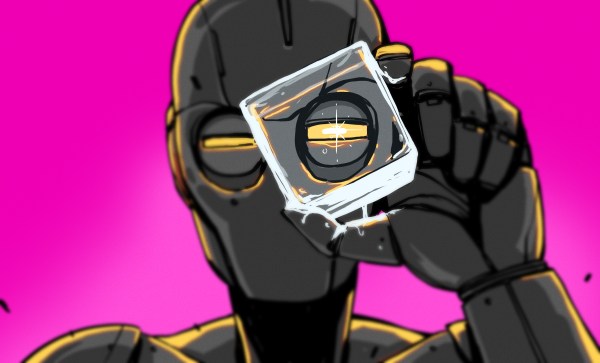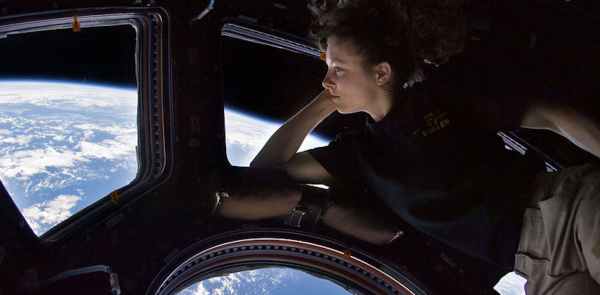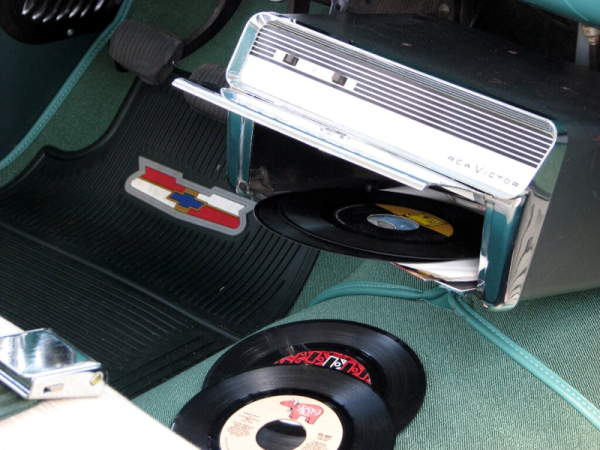Audio in cars has a long history. Car radios in the 1920s were bulky and expensive. In the 1930s, there was the Motorola radio. They were still expensive — a $540 car with a $130 radio — but much more compact and usable. There were also 8-tracks, cassettes, CDs, and lately digital audio on storage media or streamed over the phone network. There were also record players. For a brief period between 1955 and 1961, you could get a car with a record player. As you might expect, though, they weren’t just any record players. After all, the first thing to break on a car from that era was the mechanical clock. Record players would need to be rugged to work and continue to work in a moving vehicle. As you might also expect, it didn’t work out very well.
It all started with Peter Goldmark, the head of CBS Laboratories. He knew a lot about record players and had been behind the LP — microgroove records that played for 22 minutes on a side at 33.3 RPM instead of 5 minutes on a side at 78 RPM. He knew that a car record player needed to be smaller and shock-resistant. Of course, in those days, it would have tubes, but that could hardly be helped.
The problem turned into one of size. A standard 10- or 12-inch disk is too big to easily fit in the car. A 45 RPM record would be more manageable, but who wants to change the record every three or four minutes while driving?
Continue reading “Retro Gadgets: I Swear Officer, I Was Listening To 45” →

















